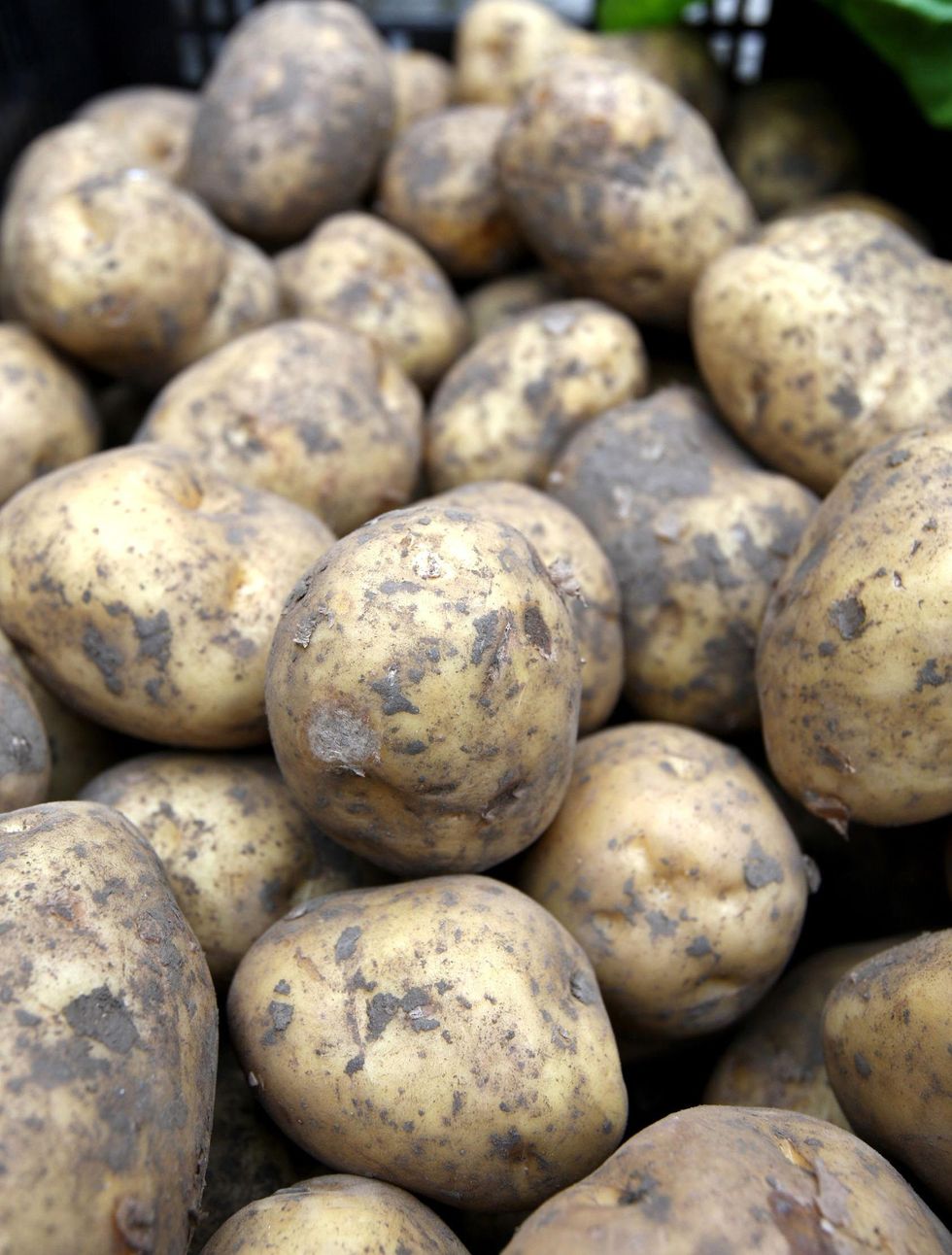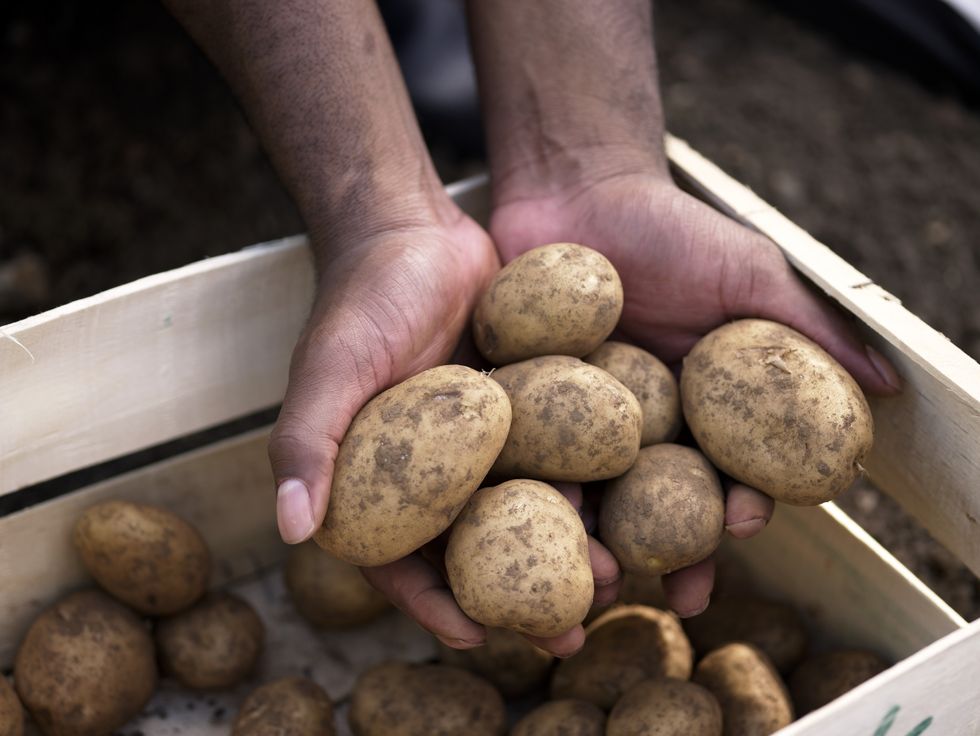GB News shares how to plant potatoes
GETTY
GB News is sharing everything you need to know about how to help you make the most out of your garden. This week, we look at how to grow potatoes at home
Don't Miss
Most Read
Trending on GB News
Plants can add a pop of colour to your outdoor space, but pretty flowers are not all your garden can be used to grow.
GB News shares tips and tricks for growing potatoes at home.
Everything to know about caring for potatoes
Potatoes are one of the easier vegetables to grow at home and can produce crops in summer and autumn.
The best time to plant these is in spring - between March and May - but there are ways to do this at different times of the year.

Potatoes can be planted in a garden, greenhouse or even on a balcony
PA
Early varieties, such as first or second earlies (also known as new potatoes), can be planted between the end of March and mid-April, depending on your region. The best way to plant is by placing sprouted seed potatoes in large containers in a frost-free greenhouse.
It is not too late to plant now, however, if you're looking for a winter batch. Seeds can be grown in greenhouses or frost-free areas of the garden as late as July or August.
Gardeners planting outside should prepare the soil by removing weeds and digging a small trench. Plant seed potatoes 30cm apart and cover with soil. When the potatoes start to grow, it is time to earth up, raking the soil to cover half the stem. June to October is the best time to harvest your potatoes.
You don't need a big garden to grow potatoes, however, and chief operating officer at Quintain Living and keen balcony gardener Danielle Bayless shared they can also be good to grow on balconies.
He added: "Potatoes are another good choice for growing on balconies and can be sown outside in pots in March. Potato bags with flaps that open for easy harvesting are a great choice for balconies, while large pots will also work well."
James Rice, garden expert at Garden Buildings Direct shared more advice. He said: "Potatoes are typically planted outdoors in March and April, but you can also grow them in a greenhouse in order to extend your supply throughout the year."Seed potatoes should be allowed to sprout their chutes before you plant them, up to about 3cm. This is called chitting. Place them away from anywhere too cold in order to do this. Egg boxes and garden seed trays are great containers to use for hitting.
"When planting, make sure you choose a location with lots of sunlight, and use good quality soil and compost. Potatoes need to be buried a good four inches deep. It is helpful to loosen the soil even deeper if possible. Too much firm soil will make it impossible for the plants to expand.
"Give each potato around 12 inches of surrounding space to grow their roots. Don't get rid of worms. They are healthy for growing potatoes and other plants. Water your potatoes up to two inches a day, but don't overdo it.
"Early potatoes may be ready to harvest after about seven to weeks when they have started to flower. However, these won't be full size yet. When the vine leaves go yellow and start to wither, you will know your potatoes are ripe and ready for picking."
LATEST DEVELOPMENTS
 Potatoes should be planted in March, April and May
Potatoes should be planted in March, April and MayGETTY
Gardening jobs
Founder of First Saturday Lime Jana McDaniel gave GB News advice on what to do each month.
Spring
She said: "In early spring, you'll want to prepare the soil by loosening it up and mixing in some compost or well-rotted manure. This will help improve drainage and provide nutrients for your potato plants. Once the ground has warmed up a bit, you can plant your seed potatoes, spacing them about 12 inches apart and burying them three to four inches deep."
Spring/summer
"Throughout the spring and summer growing season, it's important to keep the soil consistently moist, but not waterlogged. Water your potato plants deeply about once a week, and hill up soil or mulch around the base of the plants as they grow to encourage more potato formation."
Autumn
"[In autumn], the leaves of your potato plants will start to die back. This is a sign that the potatoes are ready to be harvested. Carefully dig around each plant with a garden fork, being careful not to pierce the potatoes themselves. Brush off any excess soil and allow them to cure in a cool, dark place for about two weeks before storing."
Winter
"In winter, potatoes can be stored in a cool, dark location like a root cellar or basement. Check on them periodically and remove any that have started to sprout or rot. With proper storage, your homegrown potatoes can last for several months."
Looking for more gardening hacks? GB News shares everything you need to know for beautiful irises. Or see our guide with five crucial hacks to ensure indoor greenery thrives during the summer.








